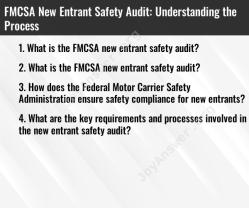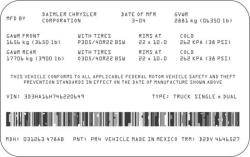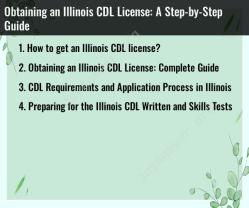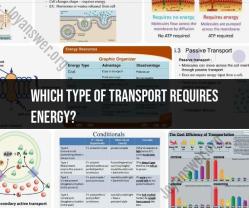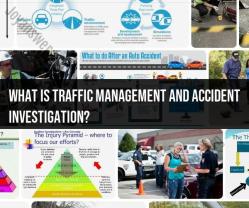What is national traffic incident management training?
National Traffic Incident Management Training (TIMT) is a comprehensive program designed to improve the safety and efficiency of responding to traffic incidents on roadways. The main goal of TIMT is to minimize the impact of incidents on traffic flow while ensuring the safety of responders, motorists, and the general public.
Traffic incidents can include a wide range of situations such as accidents, vehicle breakdowns, hazardous material spills, and other events that disrupt the normal flow of traffic. These incidents can lead to congestion, delays, secondary accidents, and increased risks to both responders and motorists. Effective incident management is crucial to minimizing these negative effects.
The TIMT program typically involves training for various stakeholders involved in incident response, including:
First Responders (Police, Fire, EMS): These personnel are usually the first to arrive at the scene of a traffic incident. They need to have the skills and knowledge to secure the scene, provide medical assistance, and coordinate with other responders.
Towing and Recovery Personnel: Tow truck operators play a critical role in clearing the incident scene and removing damaged vehicles. Proper procedures ensure their safety and the efficient removal of vehicles.
Transportation Agencies: Government agencies responsible for maintaining roadways and managing traffic often participate in TIMT. They coordinate road closures, traffic diversions, and provide support to incident responders.
Emergency Management and Dispatch Centers: Effective communication and coordination are vital during incidents. Dispatchers need training to ensure that the appropriate resources are sent to the scene quickly.
Traffic Control Personnel: These individuals help manage traffic flow around the incident scene. They set up cones, signs, and barriers to guide motorists safely through the area.
Other Support Personnel: Public safety agencies, highway maintenance crews, utility companies, and other relevant parties may also receive TIMT to ensure a coordinated response.
The training typically covers various aspects of incident management, including:
- Scene Safety: Emphasizing the safety of responders, victims, and the public by creating a protected work area using cones, barriers, and proper positioning of vehicles.
- Quick Clearance: Techniques to quickly remove vehicles and debris from the roadway to restore traffic flow as soon as possible.
- Communication and Coordination: Effective communication between agencies and personnel on-scene and behind the scenes to ensure a smooth response.
- Traffic Control: Proper setup of traffic control devices to guide motorists safely through or around the incident area.
- Unified Command: Coordinated decision-making among agencies to manage incidents more efficiently.
- Responder Training: Providing responders with the knowledge to assess and manage different types of incidents, including hazardous materials incidents.
- Public Outreach and Education: Educating the public about safe driving behavior and actions to take when encountering incidents.
The National TIM Responder Training Program is often developed and delivered by transportation agencies, law enforcement agencies, and emergency management organizations in collaboration with other stakeholders. It aims to standardize practices and procedures across jurisdictions to ensure a consistent and effective response to traffic incidents, regardless of location. This ultimately leads to safer and more efficient roadways for everyone.



